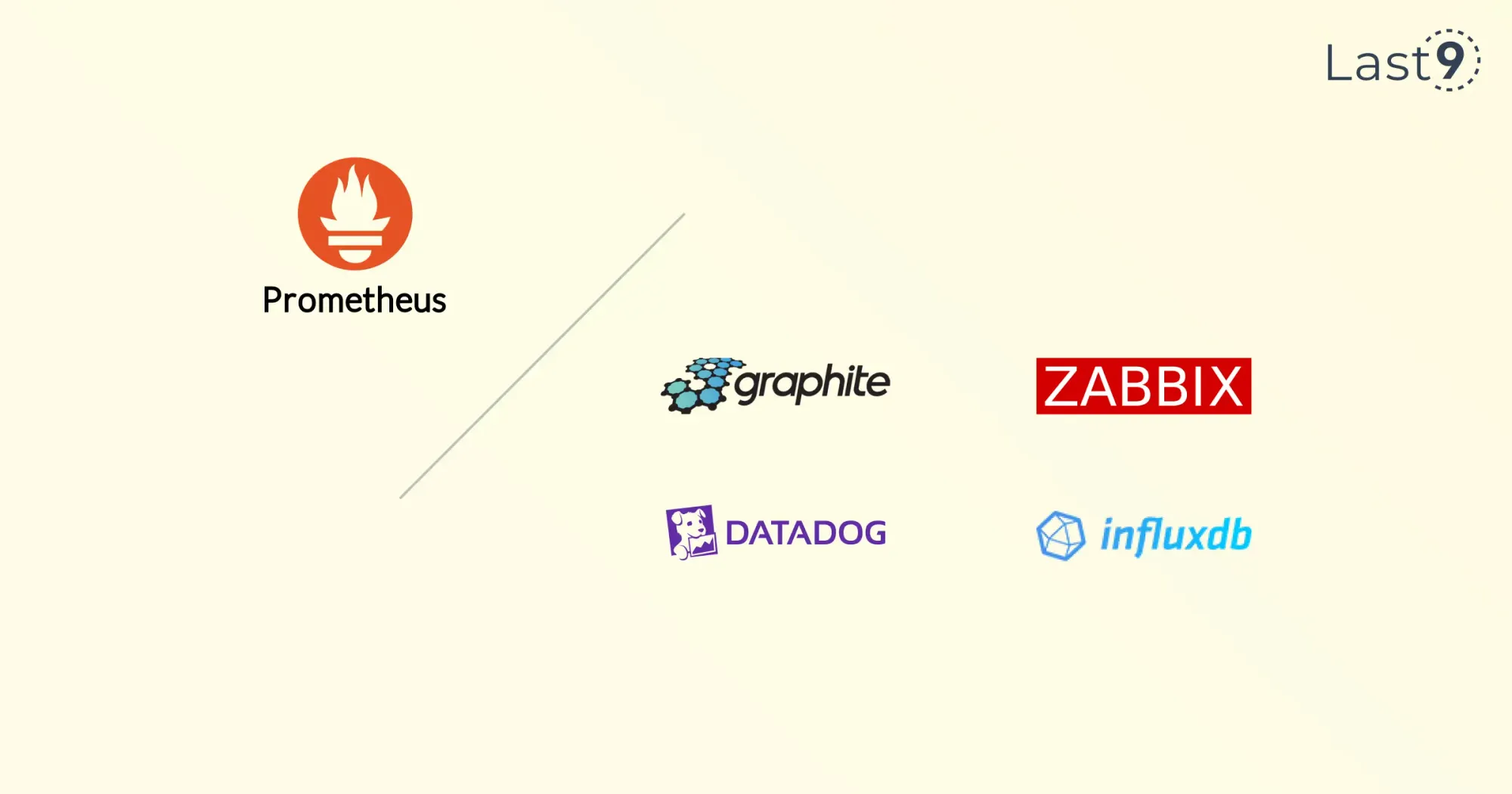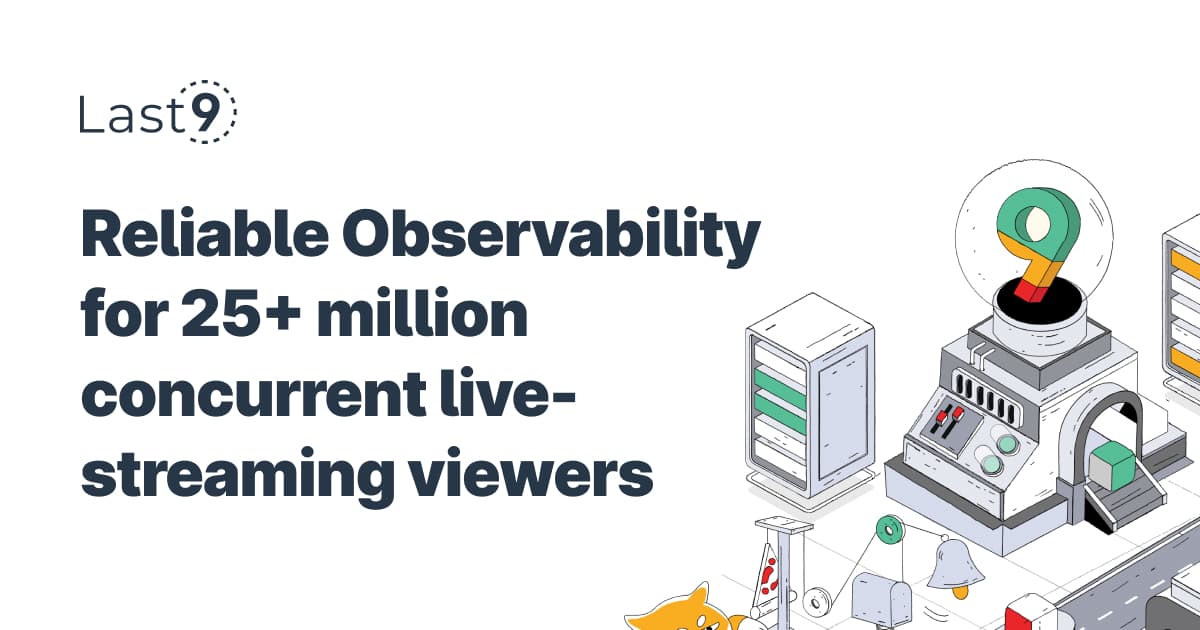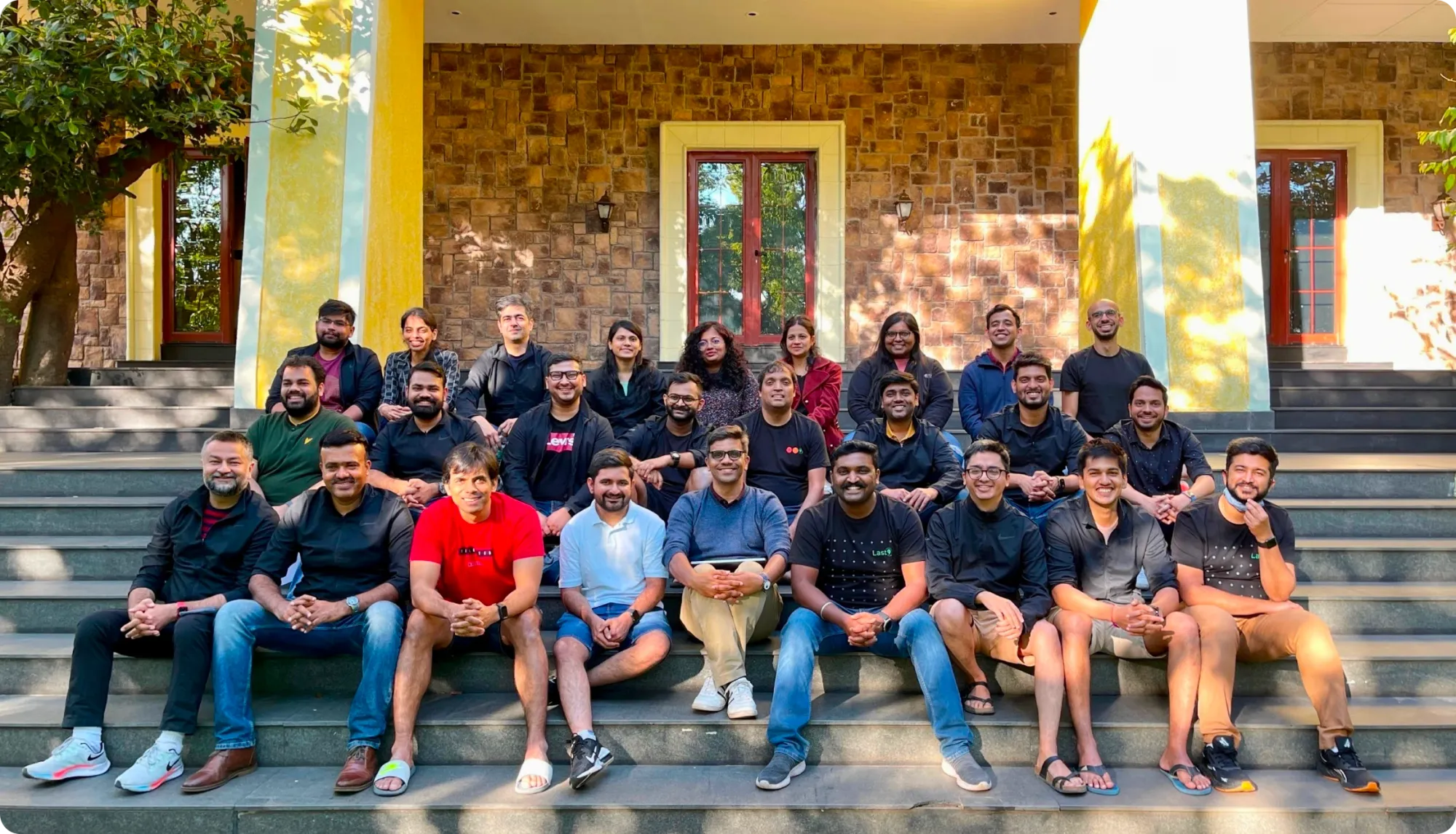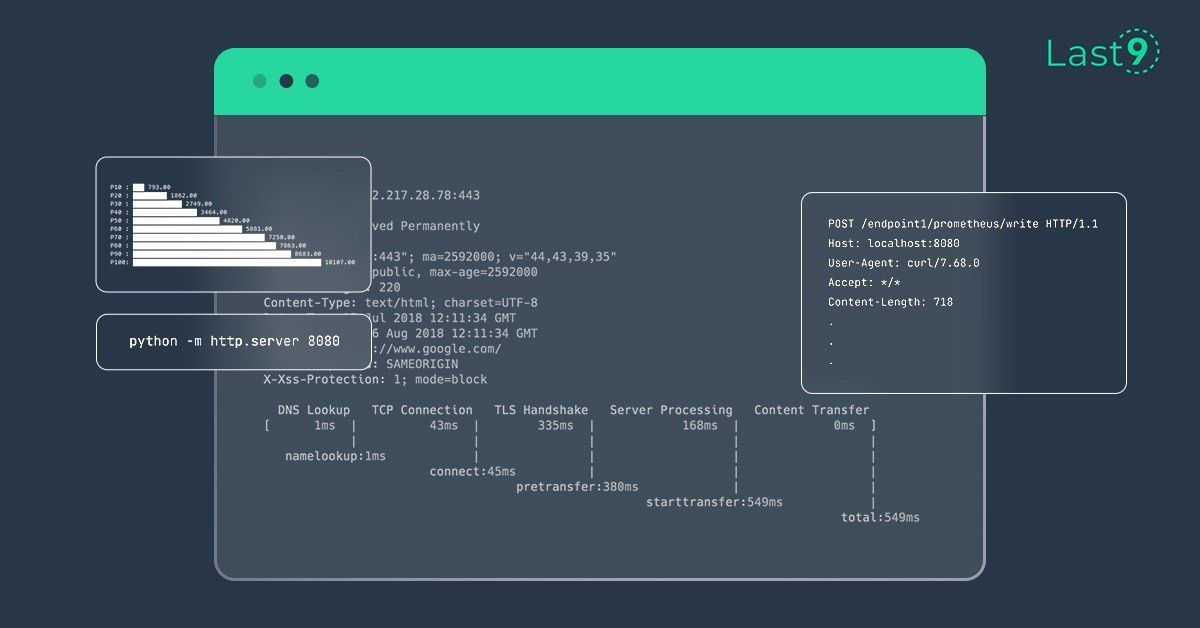Datadog has long been a prominent player in the observability and DevOps landscape, widely adopted across various organizations. However, it may not always meet the unique needs of every team or project.
Whether there is a need for more budget-friendly options, open-source solutions, or simply a desire to explore alternative tools, a variety of choices are available.
In this roundup, we will examine nine noteworthy alternatives to Datadog that cater to diverse scales, requirements, and budgets.
Datadog: The Good, the Bad, and the Pricey
Datadog has established itself as a leading observability platform, providing a comprehensive suite of tools for metrics, logs, and traces.
Its strengths include a wide range of integrations, real-time monitoring capabilities, and effective visualization options that offer end-to-end visibility into your systems.
However, Datadog does have some limitations:
- Pricing: Costs can escalate quickly as you scale.
- Learning Curve: Smaller teams may find the platform challenging to navigate initially.
- User Interface: Some users perceive the UI as overwhelming, with an abundance of options.

If these concerns resonate with you, or if you’re interested in exploring alternatives, let’s take a look at some solutions that may better meet your needs.
Top 9 Datadog Alternatives for Comprehensive Monitoring Solutions
Prometheus
- Prometheus is widely recognized as the de facto standard for open-source monitoring, particularly within cloud-native environments like Kubernetes.
- Well suited for: It is ideal for startups and businesses of all sizes, especially those focusing on cloud-native technologies.
- Key Features:
- PromQL: A powerful query language that allows for complex queries and data aggregation.
- Built-in Alerting: Facilitates alert management and can trigger alerts based on specific conditions.
- Extensive Ecosystem of Exporters: Supports a wide range of exporters to collect metrics from various sources.
- Native Support for Multi-Dimensional Data: Allows for a flexible approach to data modeling, enabling better insights.
- User Experience: While it’s highly regarded for its reliability and scalability, many users find it has a steeper learning curve compared to SaaS solutions.
Last9
Last9 is a data warehouse that is compatible with Prometheus and OpenTelemetry, aiming to simplify cloud-native monitoring while keeping costs under control.
- Well-suited for: Companies with intricate microservices architectures seeking deep, contextual insights.
- Key Features:
- Unified view of metrics, logs, and traces
- Correlation and alerting across applications and infrastructure
- Service dependency mapping
- Anomaly detection
- Custom dashboards
- Incident correlation
- User Experience: Last9 enhances observability through its compatibility with Prometheus and OpenTelemetry. The Control Plane effectively manages the lifecycle of telemetry data, enabling high-cardinality monitoring.

Middleware
Middleware is a full-stack observability and application performance monitoring (APM) platform for modern cloud-native environments. It allows teams to find anomalies, troubleshoot issues, and assure seamless application performance on distributed systems.
Integrated seamlessly with popular cloud platforms, microservices architectures, and containerized environments, it is a versatile solution that fits a broad spectrum of companies.
Well suited for: Startups to large enterprises seeking cost-effective, high-performance monitoring with deep insights into system behavior.
Middleware empowers teams managing complex cloud-native applications, microservices, and containerized environments.
It enables DevOps, SRE, and IT teams to enhance application performance, minimize downtime, and achieve end-to-end observability.
Key Features:
- Full-stack observability with real-time analytics
- AI-driven anomaly detection and proactive alerts
- Seamless distributed tracing for microservices
- Efficient log management and correlation
- Lightweight, high-performance agent for minimal overhead
User Experience: Developers appreciate Middleware’s intuitive interface, easy integration, and affordability compared to traditional APM solutions. It offers deep visibility into applications with minimal setup, making it ideal for teams focused on performance optimization.

Grafana
- Grafana is primarily known for its data visualization capabilities, often used in tandem with Prometheus but also stands out as an independent observability tool.
- Well suited for: It caters to organizations of all sizes that seek powerful visualization tools and are interested in an expanding observability stack.
- Key Features:
- Best-in-Class Data Visualization: Offers a rich set of visualization options to represent data effectively.
- Support for Multiple Data Sources: Can integrate with various data sources beyond Prometheus, enhancing its versatility.
- Alerting and Notification System: Provides mechanisms to set up alerts based on visualized metrics.
- Growing Observability Stack: Expands its functionalities with projects like Loki (for logs) and Tempo (for traces).
- User Experience: Developers appreciate its flexibility and the visually appealing dashboards it creates, making it user-friendly for both technical and non-technical users.
New Relic
- New Relic is a well-established player in the Application Performance Monitoring (APM) space, offering a comprehensive observability platform.
- Well suited for: Medium to large enterprises that require extensive APM capabilities.
- Key Features:
- Full-stack observability
- AI-powered incident detection
- Distributed tracing
- Extensive APM capabilities
- User Experience: Generally positive developer sentiment, particularly regarding its APM features and the ease of setting up monitoring for cloud-based applications.
Dynatrace
- Dynatrace uses AI to provide automated full-stack observability, making it a powerful analytics platform for large-scale deployments.
- Well suited for: Large enterprises with complex, distributed systems.
- Key Features:
- AI-powered root cause analysis
- Automated discovery and instrumentation
- Real-time business analytics
- Cloud automation
- User Experience: Highly regarded for its AI capabilities and ease of use, especially in Azure and other cloud environments.

Splunk
- Splunk is best known for its log management capabilities but has grown into a comprehensive observability platform.
- Well suited for: Large enterprises dealing with significant log volumes and complex analytics.
- Key Features:
- Robust log search and analytics
- Real-time data streaming
- Machine learning capabilities
- IT Service Intelligence (ITSI)
- User Experience: Splunk is highly respected in the industry, particularly for its log management strengths and its ability to handle large data volumes effectively.
AppDynamics
- AppDynamics, now part of Cisco, provides a strong application performance management (APM) and full-stack monitoring solution.
- Well suited for: Medium to large enterprises that prioritize business transaction monitoring.
- Key Features:
- Business transaction monitoring
- End-user monitoring
- Application topology mapping
- Cloud migration monitoring
- User Experience: Known for its in-depth APM features and business-focused perspective, AppDynamics is particularly effective in environments where understanding the business impact of application performance is essential.
LogicMonitor
- LogicMonitor is a SaaS-based platform designed for infrastructure monitoring and observability, excelling in hybrid and multi-cloud settings.
- Well suited for: Mid-sized to large enterprises with hybrid or multi-cloud infrastructures.
- Key Features:
- Automated discovery and monitoring
- AIOps capabilities
- Multi-cloud monitoring
- Extensive out-of-the-box monitoring templates
- User Experience: LogicMonitor is praised for its user-friendliness and comprehensive monitoring features, especially in complex and diverse environments.

Other Notable Mentions
While not covered in detail, it's worth mentioning a few other monitoring tools that compete with Datadog:
- Instana: Known for its automated APM capabilities and strong support for microservices and cloud-native applications.
- Zabbix: An open-source monitoring solution good for large-scale infrastructure monitoring.
- AWS CloudWatch: A monitoring and observability service for AWS cloud resources and applications running on AWS.
Closing Thoughts
Choosing the right monitoring and observability solution is crucial for maintaining the health and performance of your systems. While Datadog is an excellent tool, it's essential to explore alternatives that might better fit your specific needs and budget.
Many of these tools offer free trials, allowing you to test their user experience and see how well they integrate with your existing DevOps practices.
If you're in the market for a modern solution that fits seamlessly into your observability stack, Last9 might just be the answer.
Last9 is all about simplifying observability while keeping it budget-friendly for companies of all sizes. It provides a unified view of metrics, logs, and traces, making it easy to correlate data and receive alerts—all in one place. The platform not only enhances observability but is also compatible with Prometheus and OpenTelemetry.
Schedule a demo with us to learn more about it!

FAQs
What is better than Datadog?
Alternatives like Prometheus with Grafana, New Relic, and Dynatrace can offer unique features and may be better suited for specific needs.
Who is Datadog's competition?
Datadog competes with tools like New Relic, Dynatrace, Splunk, AppDynamics, LogicMonitor, and open-source options like Prometheus and Grafana.
Which is better, Splunk or Datadog?
Splunk excels in log management, while Datadog provides a more integrated observability experience. Your choice depends on whether you need advanced log analytics or overall observability.
What can Datadog do that Grafana cannot?
Datadog is a full observability platform with built-in APM and log management. Grafana is primarily a visualization tool that requires a data source.
Is New Relic better than Datadog?
Both are strong contenders, but New Relic specializes in APM, while Datadog began with infrastructure monitoring. Last9 can also enhance observability in microservices.
Why consider Datadog alternatives?
Reasons include cost, specific feature needs, a preference for open-source solutions, and a desire for better integration with existing tools.
Why do developers use New Relic?
Developers appreciate New Relic for its APM capabilities, user-friendly interface, transaction tracing, and real-time performance insights.
How is Dynatrace better than Datadog?
Dynatrace offers AI-driven insights, automated monitoring, and deep application dependency mapping, making it ideal for large enterprises.
Is Datadog like Grafana?
No, they serve different purposes. Datadog is a full observability platform, while Grafana is a visualization tool connecting to various data sources.
What is a Datadog dashboard?
A customizable view in Datadog to visualize and correlate data in real-time, featuring various visualizations and sharing options.
What are cost-effective alternatives to Datadog?
Consider options like Prometheus + Grafana, Last9, Zabbix, and AWS CloudWatch for more budget-friendly monitoring solutions.
What are the top alternatives to Datadog for monitoring and analytics?
Top alternatives include New Relic, Dynatrace, Splunk, Elastic Stack (ELK), Prometheus + Grafana, AppDynamics, LogicMonitor, and Last9.







